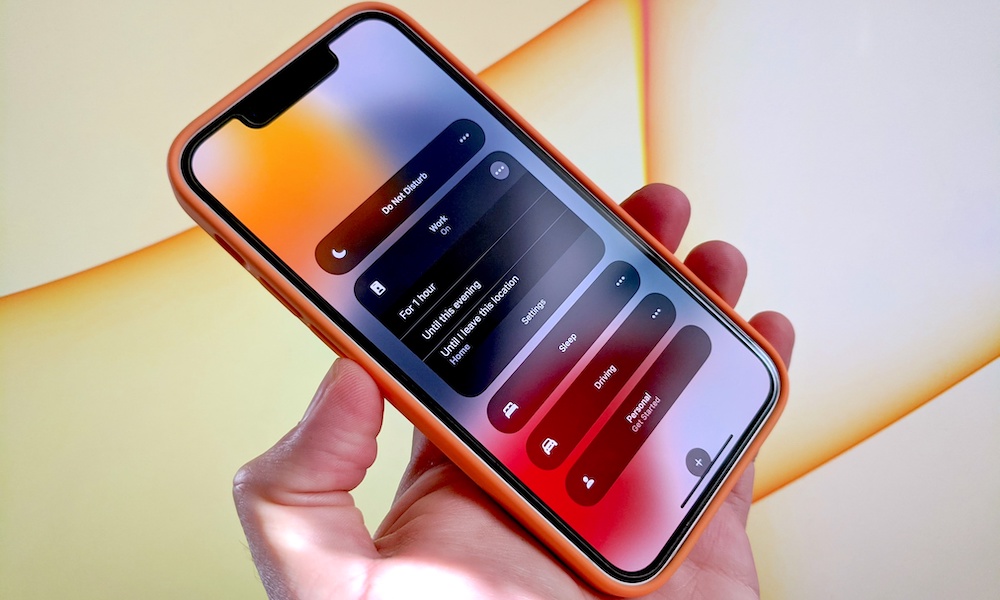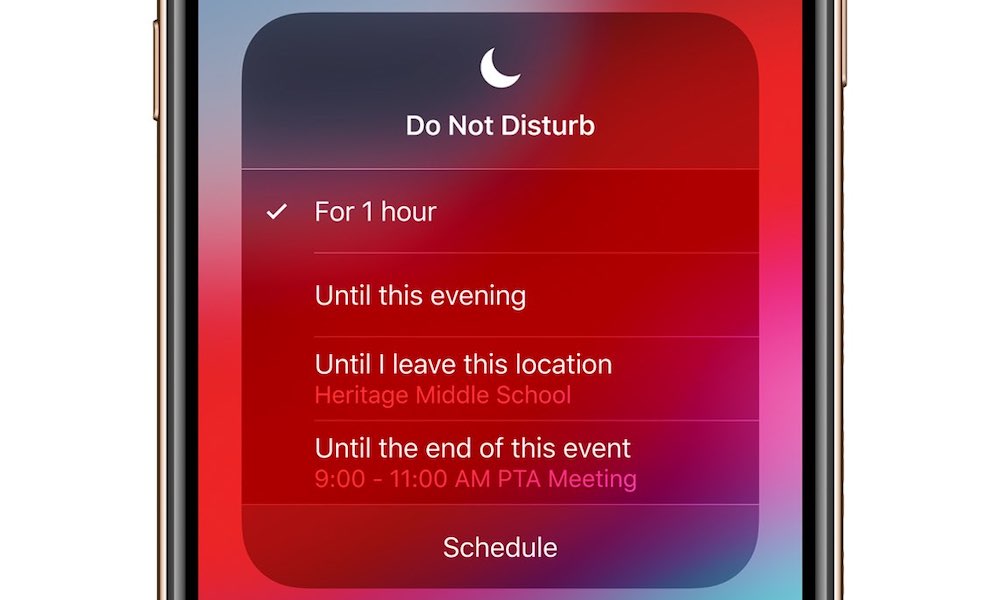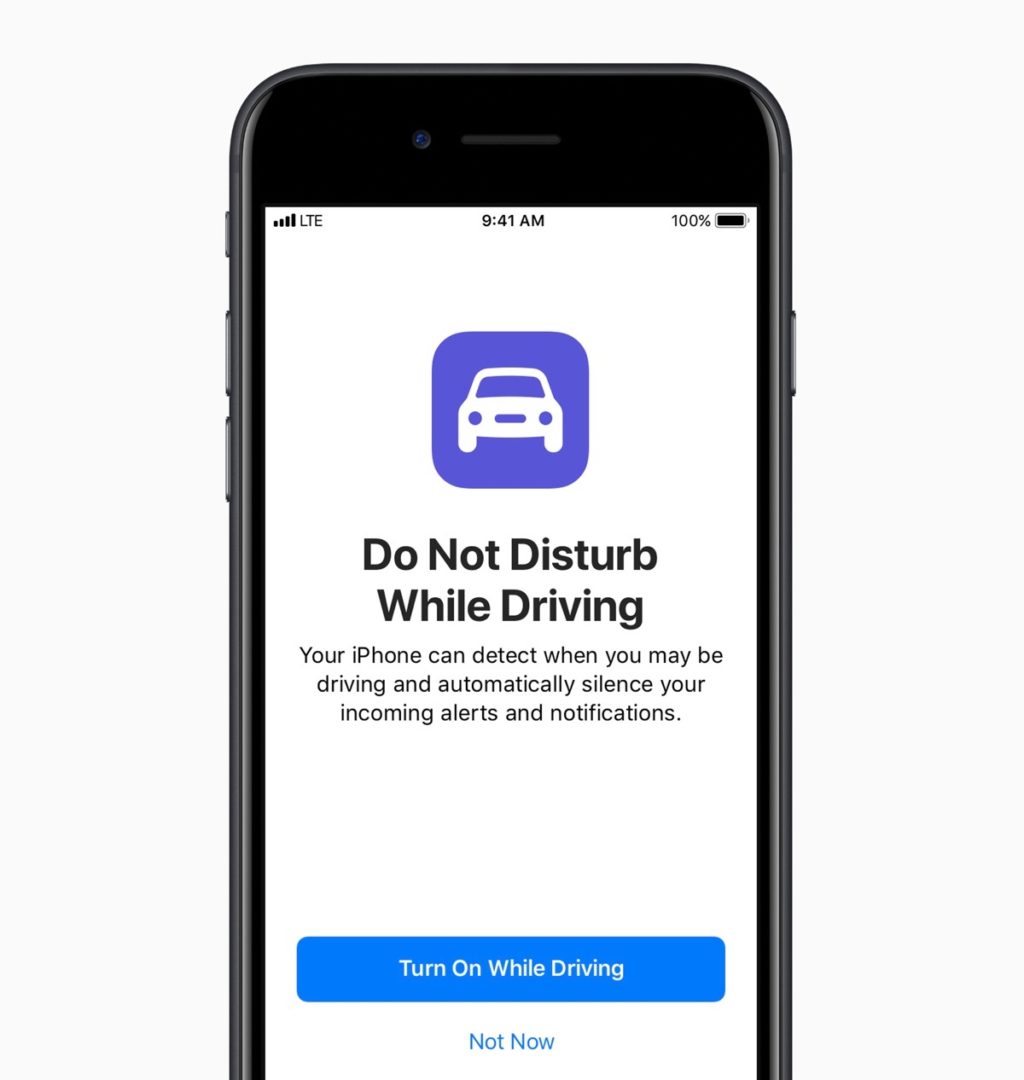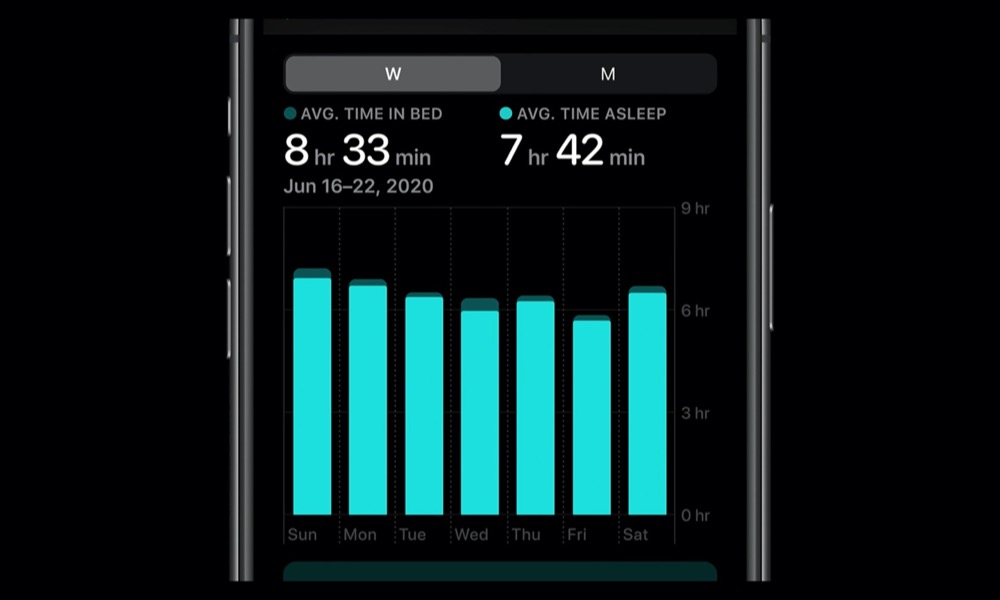What the Heck Is iPhone ‘Focus’ Mode? | Focus Explained (Plus How to Set It Up)
 Credit: Elijah Fox
Credit: Elijah Fox
Toggle Dark Mode
In 2012, Apple unveiled its “Do Not Disturb” setting for iOS 6. The new-to-iPhone feature was simple but made a big difference in how we interacted with notifications. When active, calls, texts and other notifications were silenced, allowing users to focus on the moment..
Gone were the days of interrupted meetings and sleep.. Okay, maybe not really; even to this day many people don’t use Do Not Disturb and may not even realize it exists or know how far it’s come. In fact, it’s come a long way in the past nine years.
Do Not Disturb would eventually gain a dedicated sleep schedule and even a driving mode (“Do Not Disturb While Driving”) which automatically activates when connecting to a car via Bluetooth, or when the device senses it is moving at car speeds. Later, the iOS Shortcuts app would help make it even easier to control the flow of calls and notifications.
Even with its new features and improvements, Do Not Disturb still had a lot of people—including me—wanting more ways to customize their notification experience. This was partly due to the dozens, if not hundreds, of notifications we receive each day.
We needed a better, more versatile way to handle the influx of information flowing into our devices, and with iOS 15, Apple addressed this issue by giving us “Focus.”
What Is Focus on iPhone?
Focus introduces an all-new way to manage your notifications. Rather than just having your standard Do Not Disturb option, Focus lets you configure multiple options (Focuses) that help you receive only the notifications you want, when you want them.
- For example, if you were to configure and use a Work Focus, you might only receive notifications applying to work emails and phone calls.
- Alternatively, a Gaming Focus might mute all incoming notifications—with the exception of time-sensitive notifications—so that you can focus on your game.
Focus can also change the look of your Home Screen so it displays only the pages you want it to, and hides the rest allowing you to have a different look depending on how you’re using your phone at the given moment.
What Happened to “Do Not Disturb”?
Do Not Disturb is still available as its own Focus, and it operates somewhat differently than other Focuses in that it works just like Do Not Disturb always has. You can configure which notifications you want to receive just like any Focus, and you can do things like choose how long the Focus should be active. That being said, Do Not Disturb as a feature has been replaced with Focus, and you will find it under the Focus settings in the Settings app.
How Is Focus Different from Do Not Disturb?
Unlike Do Not Disturb, Focus lets users configure multiple Focuses for several scenarios. Some Focuses are available by default and may have their own custom options, such as Do Not Disturb, Sleep, and Driving.
For example, Driving Focus will send an automated reply in Messages letting the sender know you are currently driving and will see their message later.
In iMessage, friends can see if your notifications are currently silenced, letting them know that you will see their message later, giving them the option to notify you anyway (in case of something important or an emergency). You can choose which friends are able to see your status.
iOS 15 now lets you set up scheduled summaries as well. So some notifications can be set to show up in the summary which can be displayed at certain times of the day.
For example, users can configure an Evening Summary, that shows them certain notifications at 5:00 PM every day. These notifications will be delivered quietly and shown in this summary only in order to lessen the number of notifications throughout the day.
In addition to the scheduled summary, iMessage status, and customizable notifications, iOS 15 also lets users hide and show individual pages on the Home Screen. Focus utilizes this feature to show or hide Home Screen pages depending on the Focus you have active.
This can be used to hide your games page while you’re at work or show your education apps while at school.
One drawback is that an app can only be added to one page at a time, so keep that in mind when building your pages for Focus.
Finally, Focus syncs your current mode between your devices. So when you’re at work, you can have your Work Focus enable automatically on your Mac, iPad, and Apple Watch, just like your iPhone. You can set Focuses to trigger using a number of options, including location, time, and when using certain apps.
Decide Which Focus Modes You Want to Configure
When you first configure Focus, Apple will provide you with a few suggestions and guide you through how to configure them. However, you can configure custom Focuses besides the ones Apple suggests. Feel free to experiment with what works best for you.
Some of the default options Apple offers include:
- Do Not Disturb
- Driving
- Fitness
- Personal
- Work
- Gaming
- Sleep
You might also consider School, Reading, or Vacation.
How to Create a New Focus
To create a new focus follow the directions below, or read our dedicated Focus how-to tutorial here.
- Open the Settings app and select Focus.
- If you want to share and sync your Focuses to all of your devices, make sure “Share Across Devices” is enabled. (Recommended.)
- Tap the “+” button in the top-right corner to create/add a new focus.
- Choose an existing template or create a custom focus.
- When adding a focus you choose a name, color, and symbol to identify it.
- Afterward, choose any people you want to allow notifications from (your iPhone may make a few default suggestions).
- In addition to notifications, you can also configure which calls are allowed. If you don’t want to allow any calls or notifications from people, simply tap “Allow None.”
- After choosing which people can contact you, you’ll be asked which apps you want to receive notifications from. Again, there may be some default suggestions, you can remove them or add to them.
- Enabling “Time Sensitive” notifications allows certain apps (such as security or health reminders) to notify you of important things even when you’re in this focus mode.
Once the Focus is added, you can continue to customize more features, including whether or not your Focus Status is shared with contacts, which pages should show up on your Home Screen, and how your Lock Screen is displayed. You can also choose to add automations to enable the Focus at a certain time or location; or when a specific app is opened.
Stay Safe While Driving
Do Not Disturb While Driving has been an option for a while now, and in iOS 15 it’s now its own Focus.
The Driving Focus, lets you silence notifications when you’re connected to your vehicle’s Bluetooth; it can also be activated manually or based on motion.
By default, this Focus is disabled when using CarPlay; however, there is an option to enable it.
Phone calls will still come through while Driving is active; you can choose to have certain contacts receive an auto-reply letting them know you’re driving if they text you. This message can be customized.
Let Your iPhone Known When and Where You Work
Set up a Work focus for when you arrive at work; or, if you work from home, set up a schedule instead. You can configure which apps will send you notifications and who can contact you. Also, you can customize your Home Screen to show only the apps you use while working. This can help cut down on distractions, lower stress, and improve your productivity.
Create a “Gaming Mode”
Gaming mode is something I’ve wanted for a long time. The problem is, when playing some games—such as online games—notifications and phone calls can be distracting and even cause issues with some games.
Now you can set up a Gaming Focus which can turn on automatically when using a wireless controller or playing certain games. Smart Activation can also be enabled so that Gaming Focus activates based on your usage.
Take Time to Meditate, Read, or Workout
There are so many options when it comes to Focus, enabling you to create Focuses for all of your needs. Once you’ve configured them all, simply activate them from the Control Center. You can also configure them to turn off after a set amount of time or when leaving a location.
Using the Apple Watch in Focus Mode in Places Like the Movies
While Focus can sync with all of your devices—including your Apple Watch—there are some limitations. The display on your Apple Watch still lights up when tilted, even when in a Focus. We hope Apple will change this in the future, but for now, you can enable “Theater Mode” from your Apple Watch’s Control Center to keep the display from waking during movies or meetings. You will need to remember to deactivate it after the event.
Setting Up a Sleep Schedule
Apple includes a Sleep Focus in iOS 15 that syncs with your Sleep Schedule. You can configure your Sleep Schedule in the Health app to enable this Focus.
The Sleep Schedule can be different for certain days (such as weekends) and can have a corresponding alarm to wake you up each morning.
Getting the Most Out of Focus
Focus isn’t for everyone, and you might just want to enable the basic Focuses such as Do Not Disturb and Sleep. We recommend trying multiple Focuses to find the ones that work best for you.
In addition to Focus, you can also make individual changes to notifications in the Settings app (Settings > Notifications). Here you can also set up Scheduled Summary and choose to turn notifications off when sharing your screen. The Scheduled Summary allows you to configure one or more summaries that are displayed at certain times throughout the day. This can help you cut down on less important notifications.
Have you already used Focus? Let us know how you’ve set it up in the comments and on social media. Thanks for reading!














